A historian who bought a military kilt in an online auction is now researching the life of the First World War soldier who wore it.
Private 12296 John Fordyce was born in Elgin around 1884 and died at the town’s Spynie Hospital on May 28 1961 after an eventful military career.
Private Fordyce’s Gordon Highlanders kilt was bought by Jelle Angillis, a doctoral researcher at the University of Antwerp.
Mr Angillis grew up in the Ypres frontline region.
While he is not a collector, he said: “The personal stories of those people fascinate me.”
Now he wants to learn more about Pte Fordyce and has posted a picture of the kilt in the Facebook group Our Elgin.
Looking for surviving relatives
The historian is looking for any surviving relatives or anyone with information about the Elgin soldier.
John Fordyce was married to Isabella McConnachie (1878-1965) and last lived at 35 South College Street, according to records.
The couple did not have any children.
Mr Angillis said: “I thought the kilt was a very interesting piece because its former wearer could be identified. Unfortunately, I don’t know anything about the kilt’s journey.
“It was already very fortunate that his personal file was preserved. His birth date remains a mystery for now.
“I don’t know the seller personally. The kilt has probably made a long detour though.
“It would be great if more comes to light about John Fordyce.”
Sources from The National Archives First World War Service Records ‘Burnt Documents‘, and the Morayshire Roll of Honour, Elgin, 1921, have provided details.
‘Service records show he had an eventful military past’
Mr Angillis said: “Not much is known about his childhood for now. But around the age of 18 he was living in Springburn, Glasgow, where he worked as a fireman.
“What his service records show is he had an eventful military past.”
When he was 18, he joined the 3rd Battalion Highland Light Infantry. He fought in the Boer War in South Africa between December 1901 and September 1902.
After leaving the Army in 1904, he began working as a painter. In December 1908, he married Isabella McConnachie from Elgin and the couple settled back in their birthplace.
The German invasion of Belgium on August 4 1914 and Britain’s subsequent involvement in the war prompted him to volunteer to enlist in the Army
again.
This saw him join the 46th Company of the Royal Garrison Artillery at Dover as a gunner, around August 11 1914.
However, difficulty in re-adjusting to military duty put an early end to this service. He was discharged in November 1914.
Mr Angillis said: “Interestingly, John re-enlisted on July 12 1915, this time being assigned to the 6th Battalion Gordon Highlanders.
‘An overriding sense of duty?’
“Was it so-called war enthusiasm, an overriding sense of duty, or yet another reason that prompted him to this decision?
“That John re-enlisted on a voluntary basis, however, is certain, as conscription for married men was not introduced until May 1916.”
During this period he was awarded the distinctive Gordon tartan kilt, which bears the the stamp 7/15.
With this unit, Pte Fordyce crossed the Channel in December 1915. He remained deployed on the Western Front in France until April 1916, a total of 135 days.
He became involved in a gas attack there. What went on between April 1916 and early 1917 is not clear. Medical reports in his file suggest that he suffered from shell shock, also confirmed by the Morayshire Roll of Honour published in 1921.
Private Fordyce was transferred to a support unit in January 1917. This time he was assigned to the Railway Operation Division (ROD) of the Royal Engineers, as a
sapper.
He saw action on the Western Front again between late April and early August 1917. After that he returned to the UK for good.
Nerve disease led to Pte Fordyce being deemed no longer fit for duty and discharged
from the Army in late September 1918, just over a month before the Armistice.
In total, he had served in the British Army for three years and 71 days during the First World War.
What happened after the war?
Pte Fordyce ans his wife continued to live in Elgin after the war, including in South College Street (1961).
He held various professions, including house porter at the Nairn Union Poorhouse. Nothing is known about his later life for now.
Mr Angillis said: “John’s story is actually a perfect example of the consequences of such an event. And how ‘shell shock’ was rife among those returning from war.”
The curator at the Gordon Highlanders Museum in Aberdeen and volunteer research team are currently dealing with a backlog of inquiries.
Chief executive John McLeish said: “It is good to know that there is such a thirst for knowledge, but the volume may mean that we will disappoint some people in the short term.”
Anyone with information can contact Mr Angillis by email at jelle.angillis@uantwerpen.be .
Are you interested in all the latest news and updates from Elgin? If so, why not join our new Facebook group.
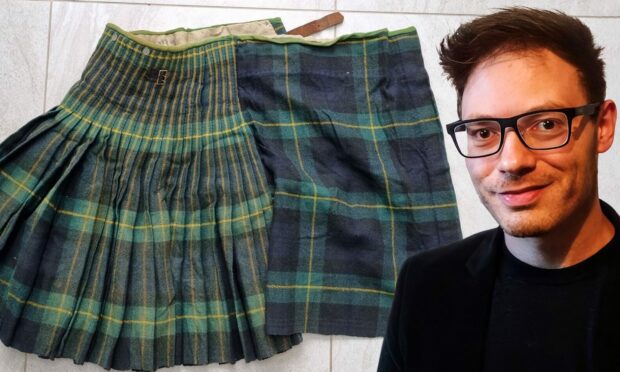
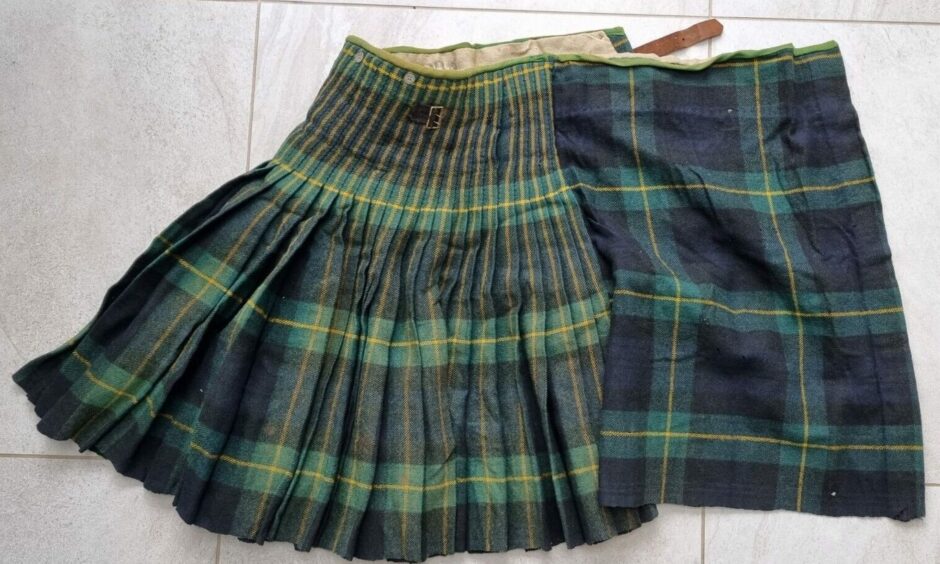
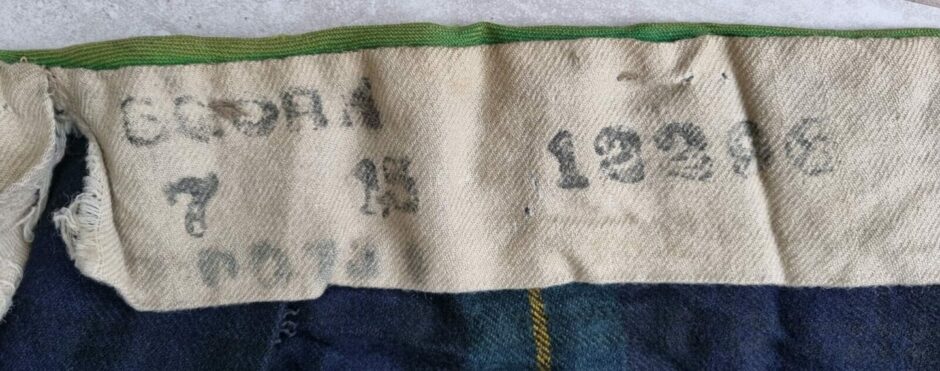
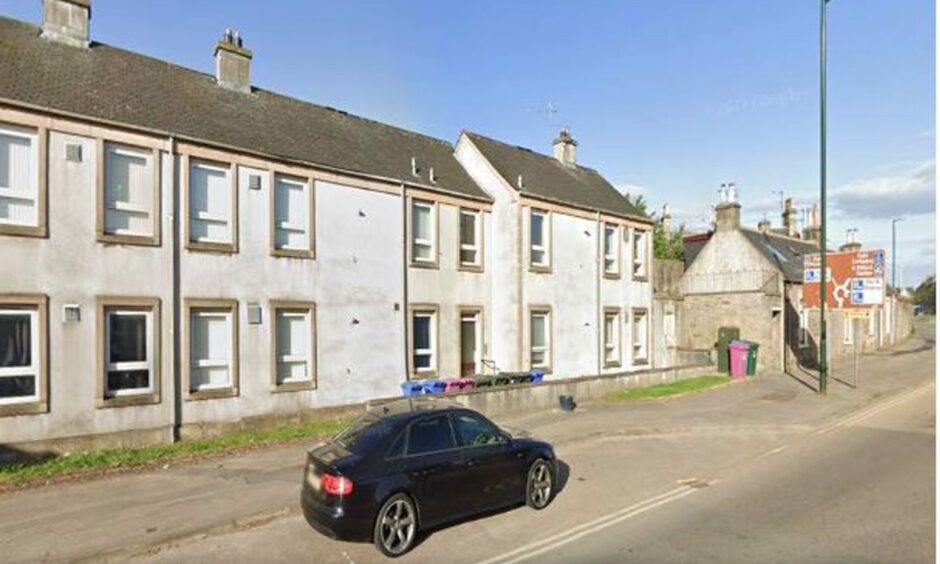
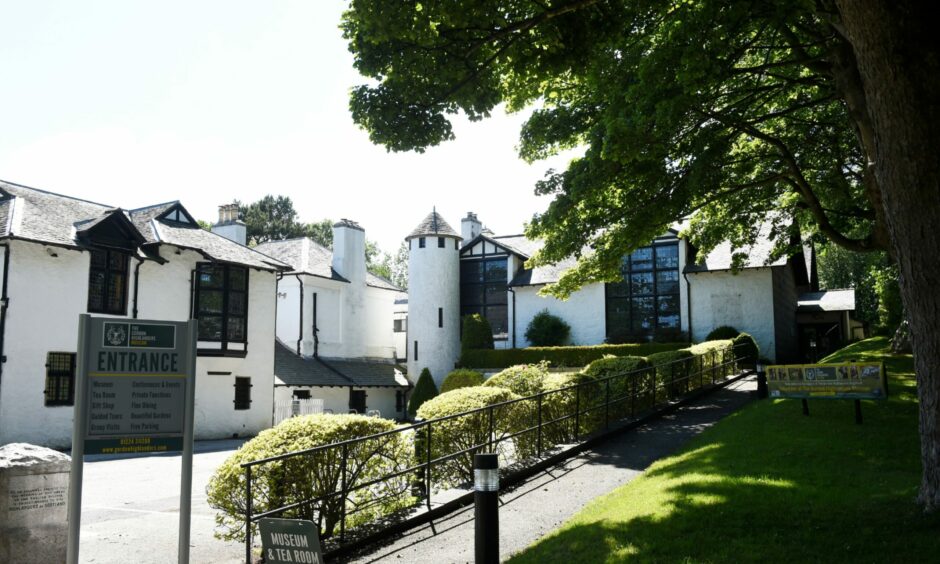
Conversation